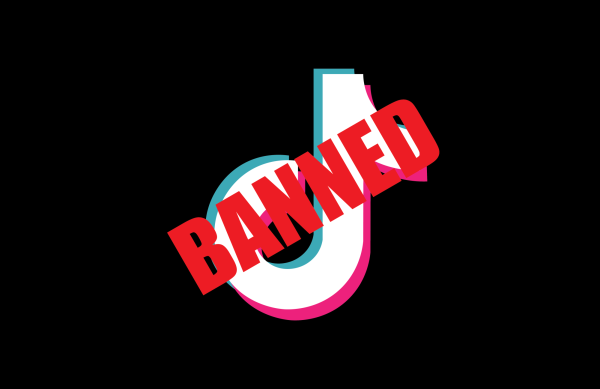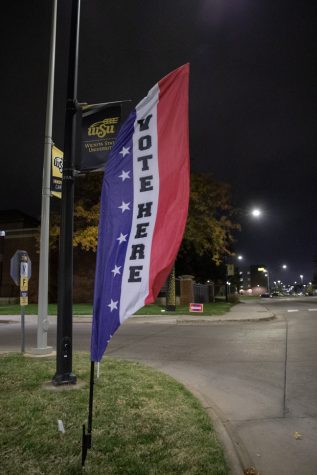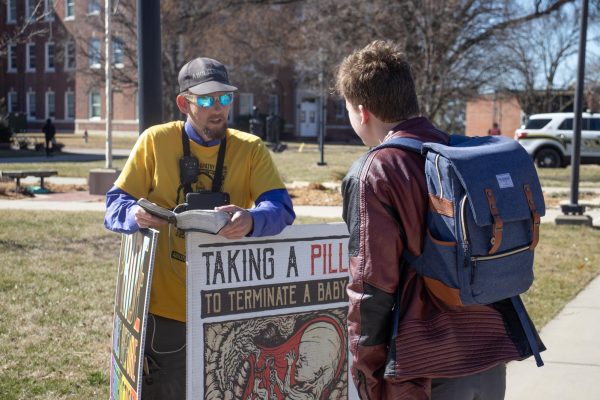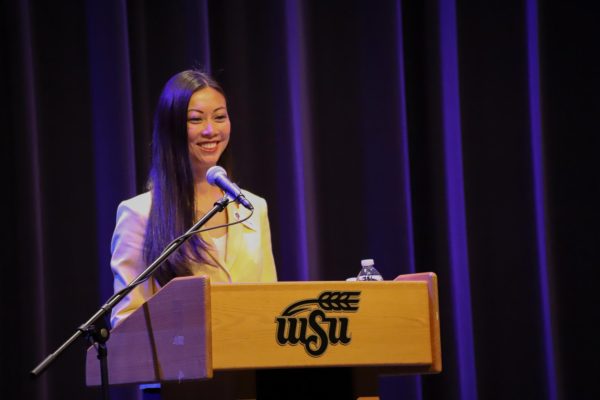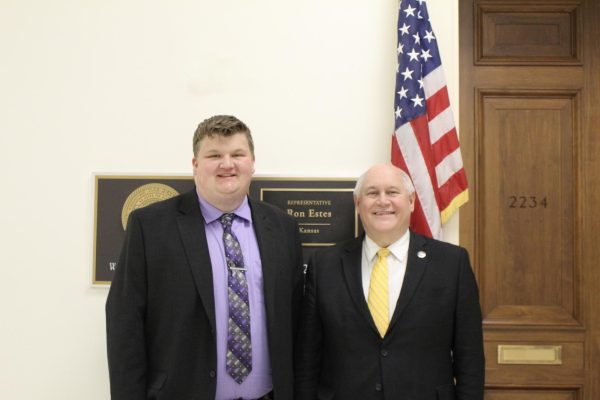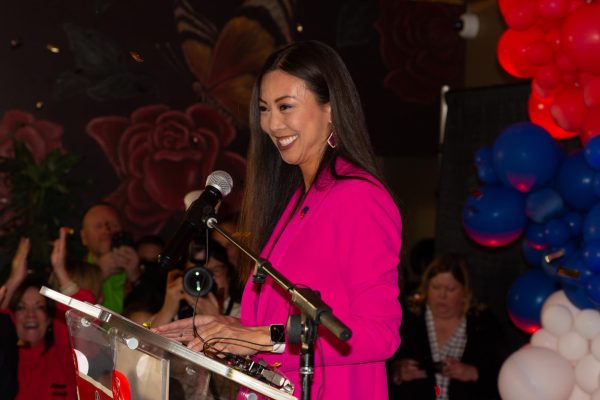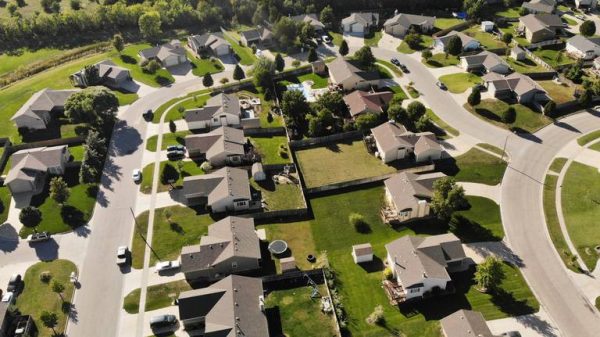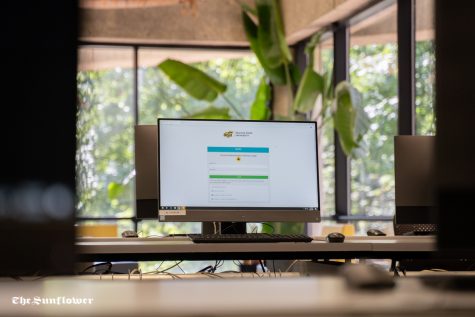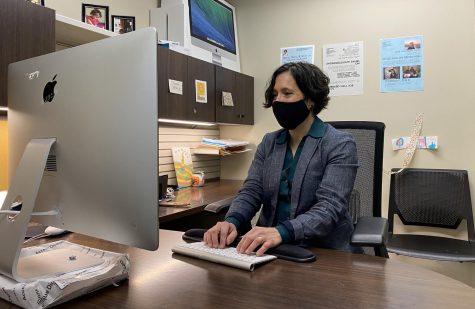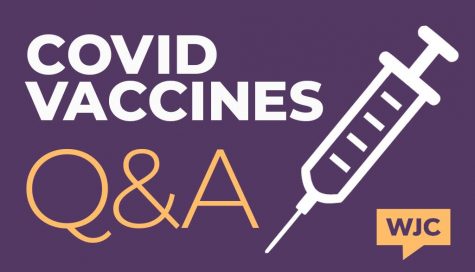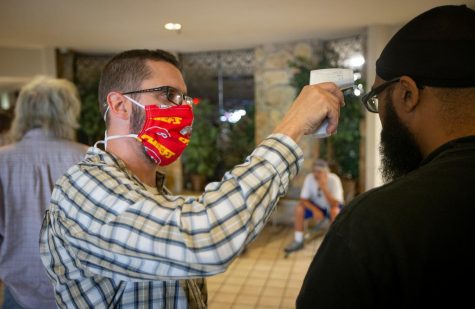Governor’s new education proposal leaves something to be desired
Last Friday, an editorial by Gov. Sam Brownback appeared in The Wichita Eagle. The article, titled “Working Together on Education Solutions,” encapsulates Brownback’s new plan to revitalize the Kansas school system through tighter fund management and an increased focus on skills that prepare students for the workforce.
The tone of the article is optimistic, yet the picture Brownback paints of the K-12 school system is idealistic at best. Education has long been on the back burner during the governor’s administration, and it will take more than an ambiguous framework to change his legacy on the issue.
According to the article, Brownback’s new plan was born out of a meeting that occurred last week with educational leaders in the community. The plan, which gives no specifics as to concrete changes for the future, is meant to “find solutions that work for Kansas students, their parents and their teachers”.
Brownback writes that the discussion should be about “more than just funding.” It comes as no surprise the governor wants to steer clear of a discussion of the state’s contribution to education.
As recently as May of this year, the Kansas Supreme Court ruled the government’s school funding program was unconstitutionally low, sparking outrage and nearly keeping Wichita schools from opening their doors for the 2016-2017 school year.
One key aspects of the proposed plan is to redistribute funds throughout districts to better aid ailing schools. This sounds good in theory, but with funds already spread so thin, such action is arguably laughable.
Brownback has already employed such tactics in higher education by cutting funds proportionately to universities’ operating budgets, thus alienating the state’s major research institutions.
In addition, Brownback wants to maximize resources by “rewarding” teachers with more student involvement and less time with administrative duties. He puts forth no mechanism by which to ensure this measure, but maintains that Kansas students deserve the “best, most inventive teachers.”
Regardless of what students deserve, the toxic state of education in Kansas is anything but welcoming to teachers. For instance, teachers working through the USD 259 district have not received a pay raise in four years.
Young teachers have little incentive to stay in Kansas, and even individuals who have spent decades teaching in the state have left for the greener pastures of comparable pay and general governmental appreciation.
Despite limited resources, both monetary and in the way of personnel, Brownback’s envisions Kansas expanding “innovative enterprises” in schools. He cites the state’s technical education program as a success story, and is presumably in favor of similar programs geared towards job training.
If vague, all of this talk at least sounds constructive. Kansas education would be in great shape if poor schools were lifted up, the best and brightest teachers were given a reason to teach in the state, and high schools built more career readiness into their curriculum.
This leaves one pressing question for Gov. Brownback. By what means will it all happen? Brownback’s mind is in the right place, but when he wants to talk education while excluding schools’ dire need for funding from the conversation, the result is a list of unrealistic ideals.
As evident by his track record of headstrong cuts to K-12 schools and public universities, education has never been a priority to Brownback in the past. His new plan to revitalize schools fails to shed light on how he will make it all possible.
Until he clarifies, such claims are best viewed as empty promises. It might not be too late for Brownback to change his legacy on education, but lip service and idealistic claims will not help.

Matthew Kelly is a former editor-in-chief and managing editor for The Sunflower. Kelly graduated in 2020 with a bachelor’s degree in political science...







